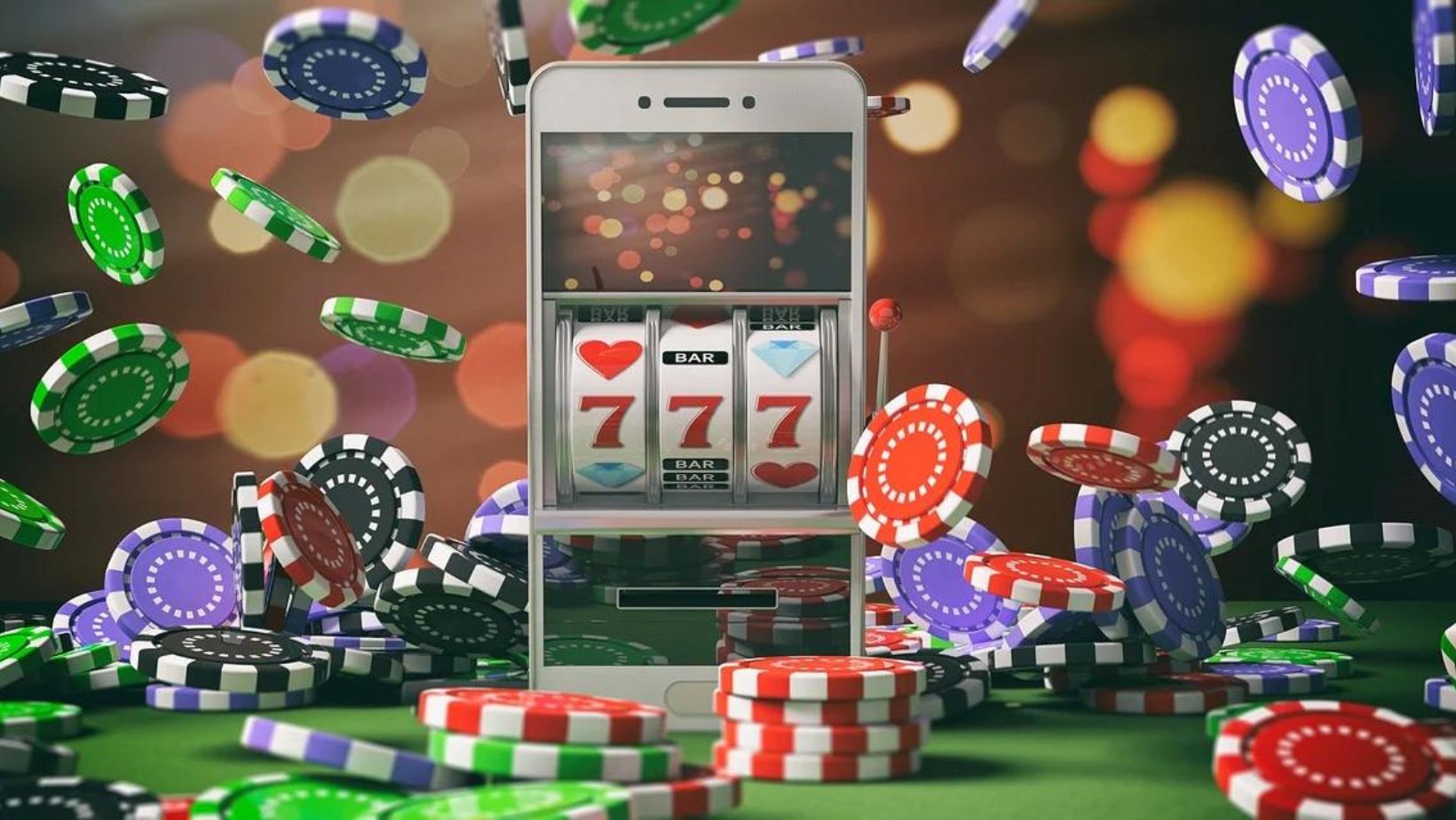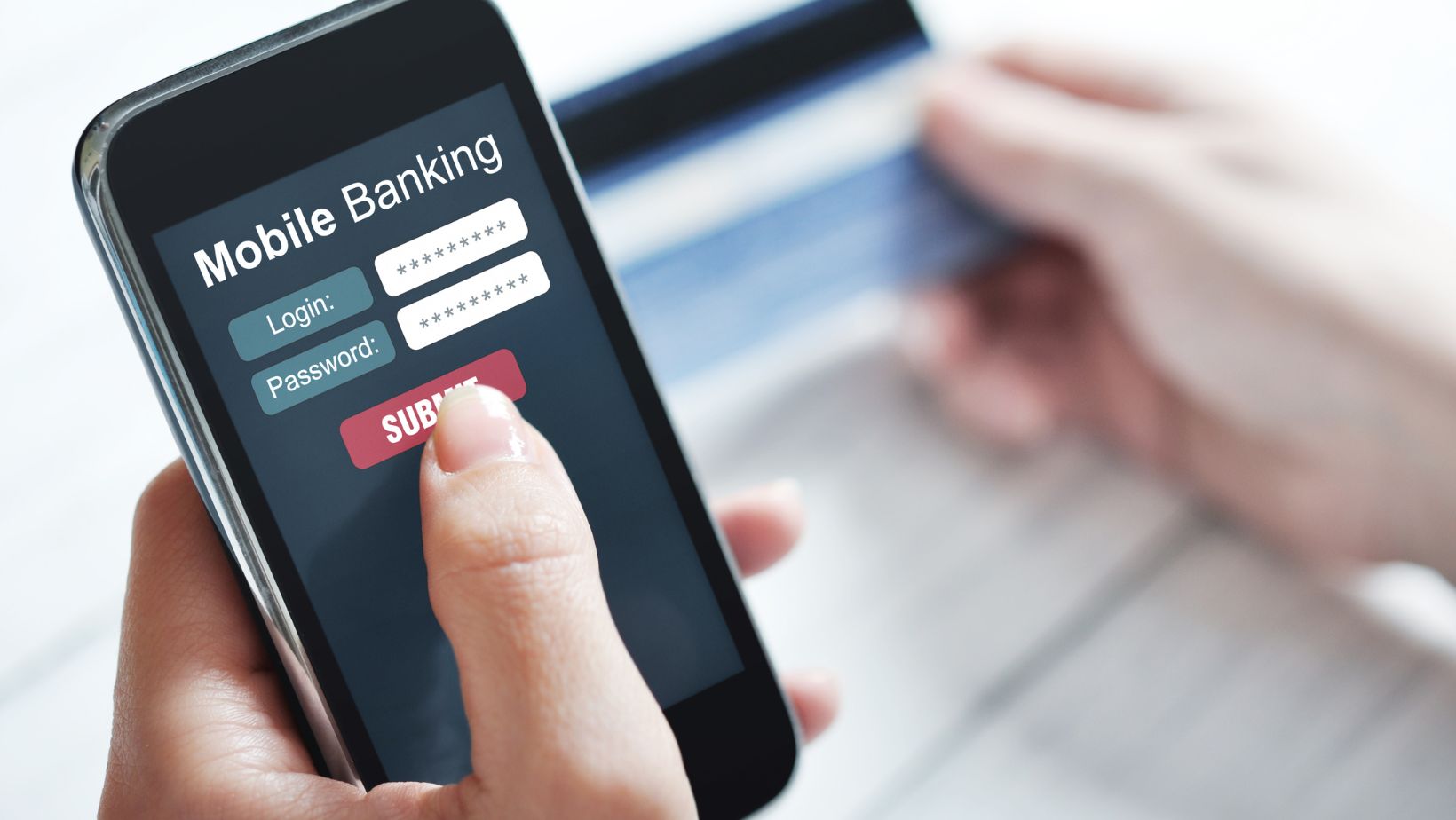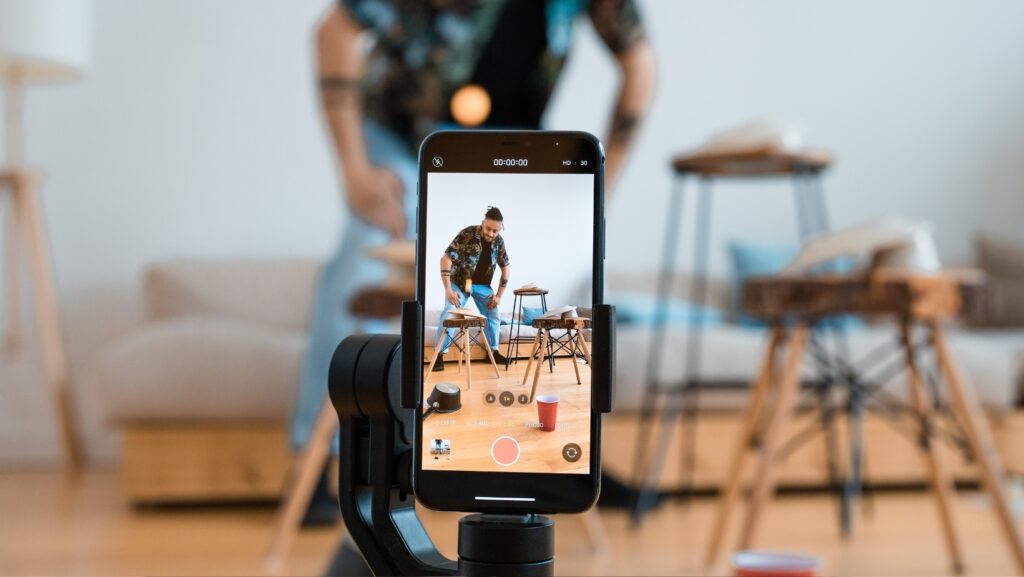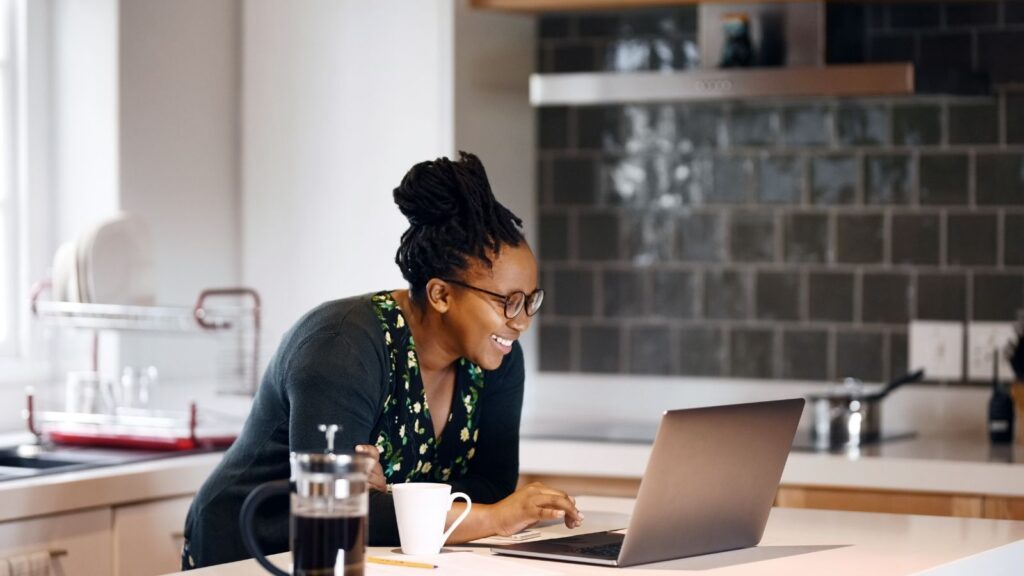Modern mobile phones are closer to computers than conventional phones. While they still have a call feature, modern generations prefer to text anyway. Most of their time is spent on mobile apps, social networks, and browsing the internet. If you made this prediction to someone in the 1990s, they would laugh you off.
First mobile phones were huge and bulky, they were more designed to be carried in cars and briefcases than in suits. Even in the early 2000s (in the pre-smartphone era) phones really couldn’t do that much. Texting, calling, and a few simple games (Snake or Tetris) were all these phones could do.
So, in order to help you put into perspective just how incredible modern uses of mobile devices are, here are the top five mobile device uses that no one would predict in the 1990s.
Professional Video Content Creation
Shooting 4K videos on a device that fits in your pocket? Yeah, try telling someone in the ‘90s that and see how fast they roll their eyes. Back then, cameras were bulky, and producing high-quality videos required expensive equipment. Today, your phone does it effortlessly – just point, shoot, and you’re done.
Editing isn’t limited to professional studios anymore. Mobile apps give you full creative control right there on your phone. You can trim, cut, add music, and even apply advanced effects – all while sitting on your couch. It’s a whole production studio in your hand.
Uploading content to platforms like YouTube or TikTok doesn’t need a desktop setup. You film, edit, and upload – all within the same device. This level of accessibility has created entire careers, with influencers making a living producing content exclusively from their phones.
Don’t forget that some of the biggest names in the creator space started by just experimenting with their phones. It’s no longer about having professional gear; it’s about creativity and consistency. Phones have lowered the barrier to entry for video content creation in ways the ‘90s couldn’t have even dreamed of.
Online Casinos
Imagine trying to explain to someone in the 1990s that you can teleport to a casino, spin a slot machine, and teleport back home all in under a minute. They’d probably think you’re describing a sci-fi movie. That’s exactly what mobile phones allow you to do today—without even leaving your couch.

These aren’t some shady operations. Modern online casinos are polished, professional platforms, and most of them are fully accessible via mobile apps or mobile browsers. Your phone isn’t just a phone anymore; it’s a portal to a virtual casino floor, complete with thousands of games at your fingertips.
There are a lot of safe and legal online casinos in Canada. You don’t need to worry about sketchy backroom deals or fly-by-night operators. Legitimate Canadian casinos offer strong consumer protections, secure payment methods, and a seamless mobile experience that’s just as smooth as their desktop counterparts.
Here’s the kicker – you don’t have to stop with Canada if you’re based elsewhere. Your phone gives you access to casinos all over the world. Offshore platforms open up even more opportunities, often with different bonuses, game selections, and betting options. What would’ve required international travel in the ‘90s now fits in your pocket.
Mobile Banking And Investing
Managing your bank account from a handheld device would sound absolutely ridiculous to someone in the ‘90s. Back then, banking was tied to physical locations – standing in lines, filling out forms, and waiting for approvals. Today, you can check your balance, transfer funds, or even set up automatic payments in seconds, all from your phone. Even small businesses use it for funding and expense management.
Investing used to be something only stockbrokers or finance professionals did. Nowadays, anyone can invest in global stock markets while waiting for their coffee. Apps on your phone allow you to buy, sell, and monitor stocks without needing a middleman. It’s investing simplified for the masses.
Transferring large sums of money securely is no longer a hassle. In the ‘90s, wiring money was a lengthy, paper-heavy process. Now, you can move thousands between accounts or even internationally, all with a few taps. Security measures like two-factor authentication ensure it’s safe and quick.

Crypto wallets are another game-changer. Not only can you trade digital currencies instantly, but you can also store, send, and receive crypto without needing a computer. Your phone effectively doubles as a digital bank vault – something absolutely unimaginable to anyone back in the day.
Health And Fitness Tracking
Tracking your heart rate and steps in real time from your phone would sound like something out of a sci-fi show back in the ‘90s. Today, it’s just another built-in feature. Your phone constantly monitors your activity levels, giving you real-time feedback on how much you’ve moved throughout the day.
Fitness apps make logging workouts, counting calories, and setting goals effortless. No more notebooks or manually tracking progress. You input your meals and workouts, and the app calculates everything for you, adjusting your goals as you go. It’s like having a personal trainer in your pocket.
Syncing with smartwatches and wearables adds another layer. Your phone becomes a central hub, gathering health data like sleep patterns, hydration levels, and stress indicators. It’s not just fitness anymore – it’s about overall wellness and lifestyle improvement, all easily managed through your mobile device.
Wellness apps also extend beyond physical fitness. Meditation, sleep-tracking, and mental health apps are right at your fingertips. In the ‘90s, people might’ve thought you needed separate specialists for all this. Today, your phone does it all, making health management more accessible than ever before.
GPS Navigation And Ride-Hailing Services
Real-time GPS navigation on a device in your pocket? That alone would have blown someone’s mind in the ‘90s. They relied on paper maps, asked for directions, or hoped they didn’t get lost. Your phone now shows you the quickest route, traffic conditions, and estimated arrival time—all in real-time.
Calling a cab used to involve standing on a street corner, waving your hand, or making a phone call. Now, apps like Uber and Lyft let you hail a ride from wherever you are, with payment handled directly through your phone. No cash, no hassle.
Your phone doesn’t just help you get from point A to B – it also finds the best places to stop along the way. Restaurants, hotels, gas stations, and attractions can all be discovered based on your current location, complete with ratings and reviews.
The convenience of combining navigation and discovery in one device is something the ‘90s crowd wouldn’t believe. Instead of flipping through guidebooks or relying on word-of-mouth, your phone offers everything you need in seconds, whether you’re driving across town or traveling internationally.
Conclusion
Looking back, it’s almost hilarious to compare the mobile phones of the ‘90s to what we have now. Those devices could barely hold a decent conversation without dropping the call. Today, we’re casually using them to film videos, trade crypto, or book a cab – all from the palm of our hand. The sheer versatility of modern mobile phones would’ve sounded like fantasy a few decades ago. But here we are, carrying around something more powerful than any desktop computer from that era. It just goes to show how fast technology moves – and how unpredictable its uses can be.



